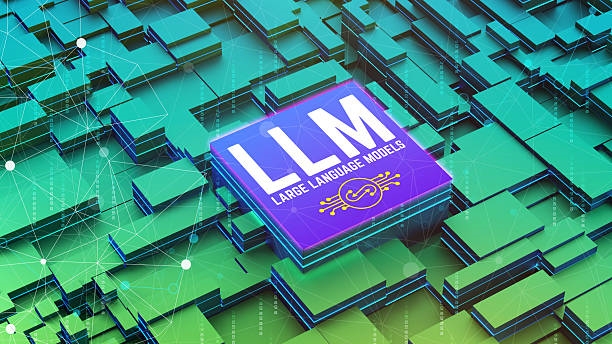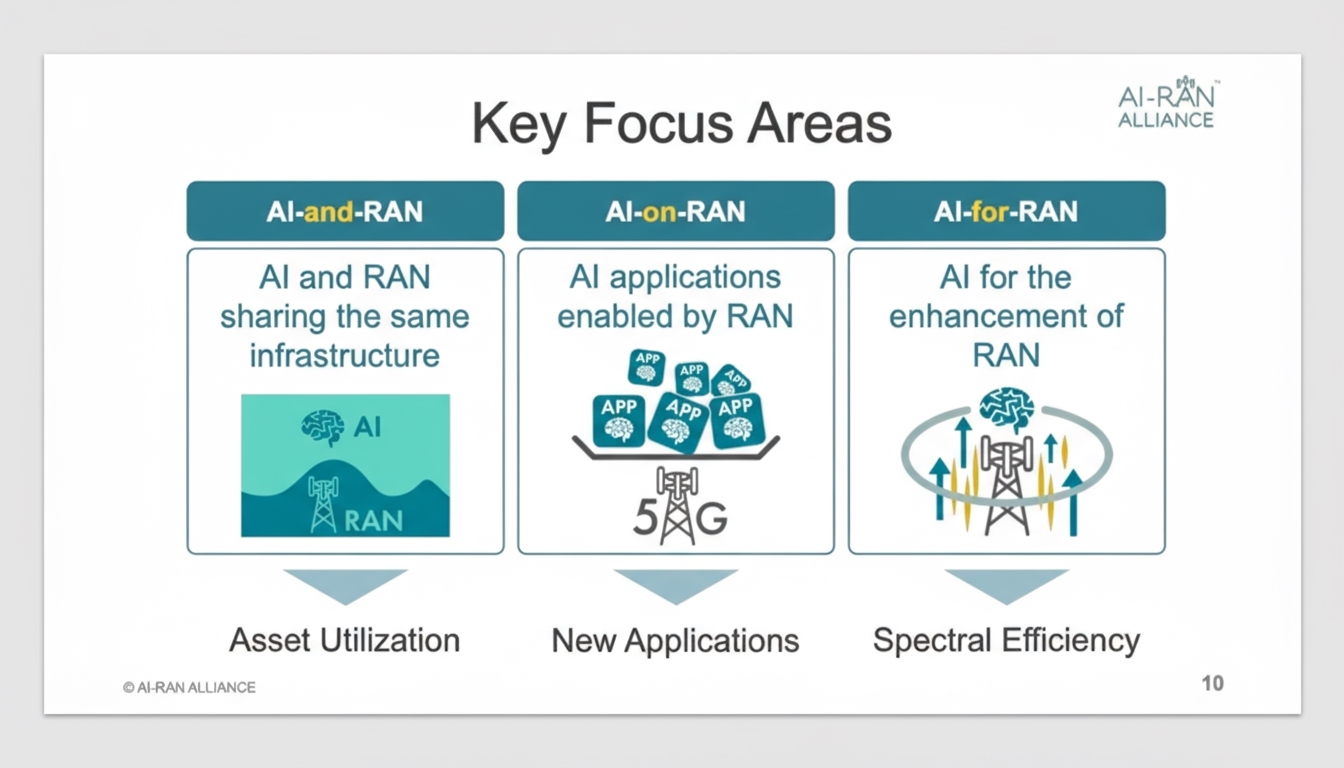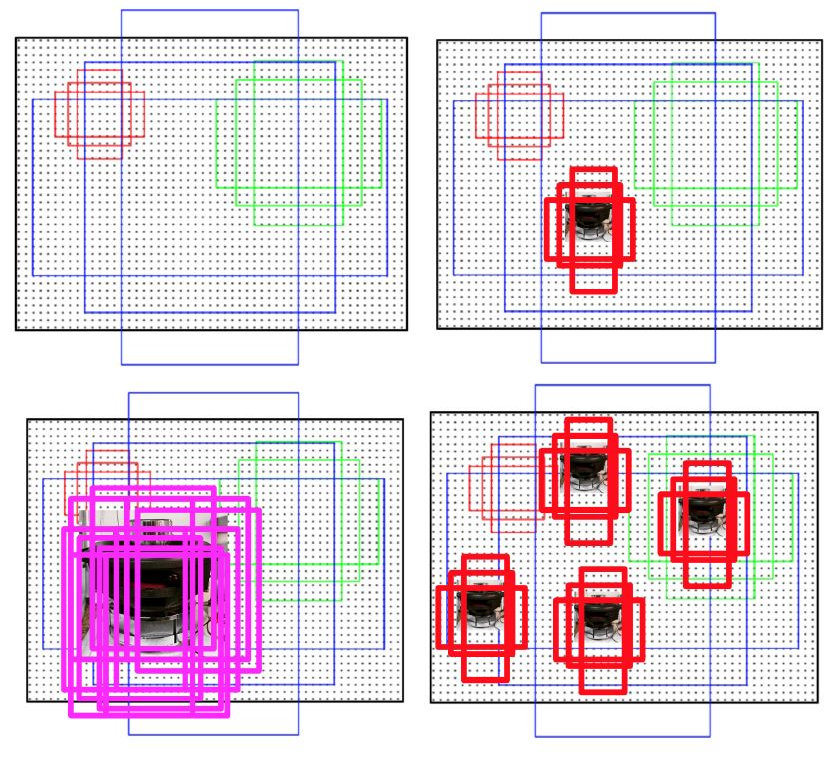Synthetic Aperture Radar (SAR) is widely used for target detection due to its long-range, all-weather capabilities. However, reliably classifying target types, especially non-cooperative ones, remains challenging. This article explores how convolutional neural networks (CNNs) enhance SAR target classification, focusing on their application and advancements.
SAR and Target Classification Challenges
SAR excels in detecting targets like vehicles or aircraft but struggles to classify them (e.g., distinguishing a civilian plane from a fighter jet) without additional systems like IFF, which are limited to cooperative targets. High-resolution SAR imaging enables vehicle type identification, but non-cooperative target classification remains complex. Alternatives, such as high-resolution range profiles (HRRPs) for air targets or sea clutter analysis for maritime targets, complement SAR but are not covered here.
Target Classification Process
Target classification, as defined by NATO¡¯s AAP-6, involves six progressive steps:
- Detection: Distinguishing a target from the background.
- Classification: Identifying the category (e.g., aircraft vs. wheeled vehicle).
- Type Identification: Determining functional type (e.g., fighter jet vs. truck).
- Model Identification: Specifying the model (e.g., MiG-29 vs. T-72 tank).
- Detail Description: Identifying specific variants (e.g., MiG-29 PL vs. T-72 without extra fuel tanks).
- Individual Identification: Analyzing technical details (e.g., MiG-29 PL with a reconnaissance pod).
In practice, ¡°classification¡± often refers to the entire process. For air targets, it¡¯s termed Non-Cooperative Target Recognition (NCTR), and for ground targets, Automatic Target Recognition (ATR).
Convolutional Neural Networks in SAR Classification
CNNs are powerful deep learning models for image processing, ideal for SAR target classification due to their ability to automatically learn hierarchical features from raw pixel data, eliminating manual feature engineering.
CNN Architecture
CNNs extract local features through convolutional layers, each focusing on a small receptive field, capturing patterns like edges or corners. Key features include:
- Weight Sharing: Convolutional kernels apply consistent weights across the image, reducing parameters and ensuring translation invariance.
- Layer Structure: Multiple convolutional layers, followed by activation (e.g., ReLU) and pooling (e.g., max pooling), learn low- to high-level features. Fully connected layers map features to classification outputs.
Training and Optimization
CNNs are trained using backpropagation and gradient descent to minimize a loss function. To address limited SAR data, techniques include:
- Data Augmentation: Applying rotations, translations, scaling, and noise to expand the training set.
- Multi-Scale Residual Modules: Handle SAR¡¯s multi-scale scattering and redundant information.
- Attention Mechanisms: Focus on critical image regions for improved accuracy.
Advanced CNN Techniques
To enhance SAR classification, researchers have introduced:
- Residual Networks (ResNet): Use skip connections to mitigate gradient vanishing, enabling deeper networks for complex SAR patterns.
- Multi-Scale Convolution: Replaces traditional layers to reduce parameters and prevent overfitting.
- Global Average Pooling: Substitutes fully connected layers for efficient classification.
- Class Activation Mapping (CAM): Visualizes decision-making regions, improving model interpretability by highlighting key SAR image areas.
Conclusion
CNNs revolutionize SAR target classification by automatically learning robust features from high-resolution images, overcoming limitations of traditional methods. Techniques like data augmentation, residual networks, and attention mechanisms enhance accuracy and generalization, particularly for non-cooperative targets. With applications in military and civilian domains, CNN-based SAR classification is a powerful tool for reliable target identification.
 ALLPCB
ALLPCB







